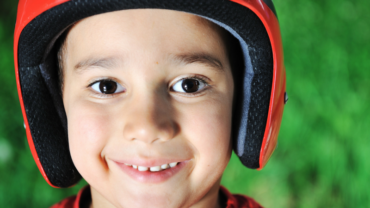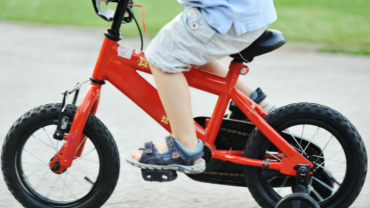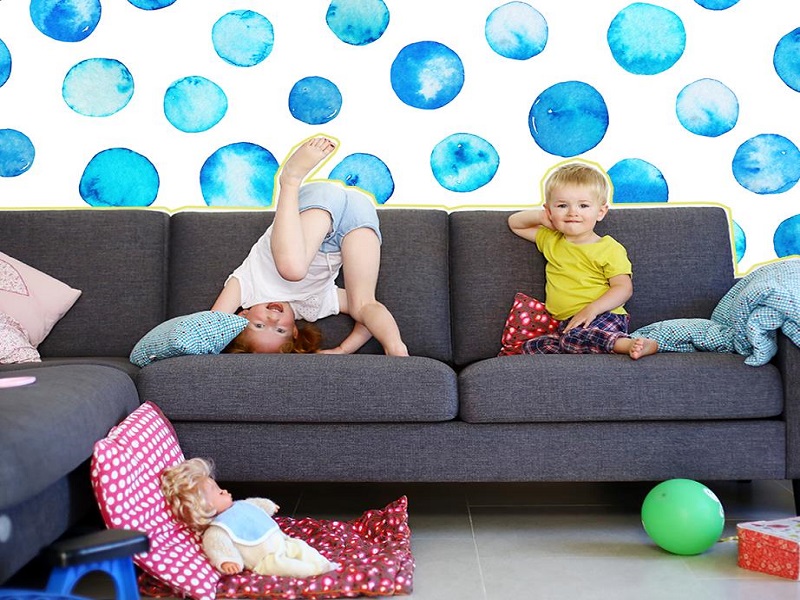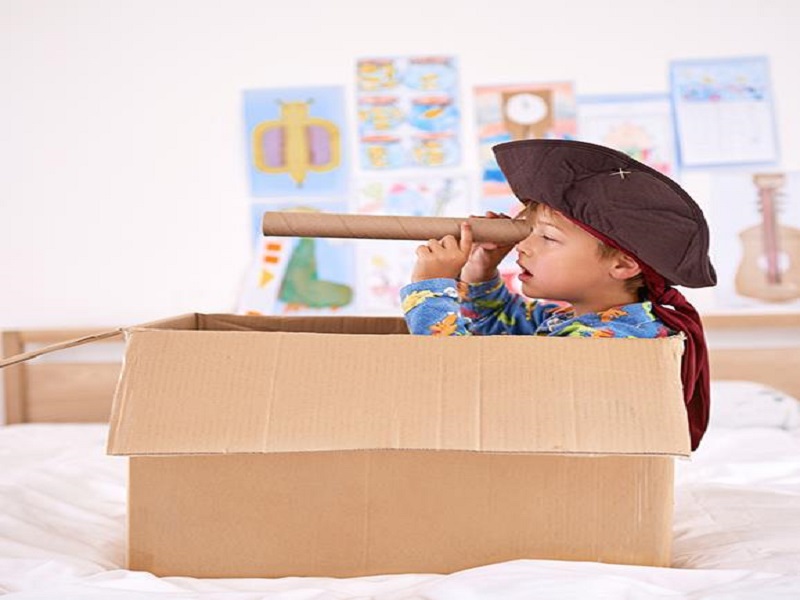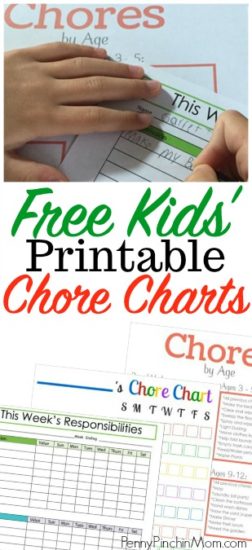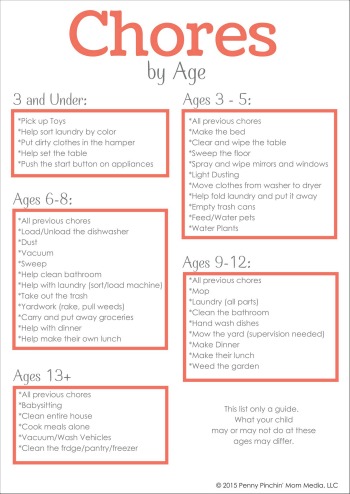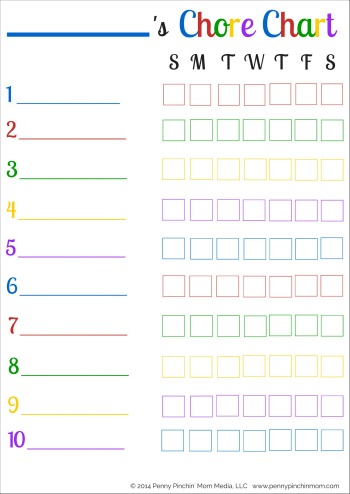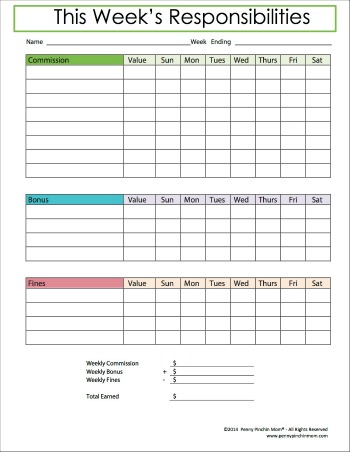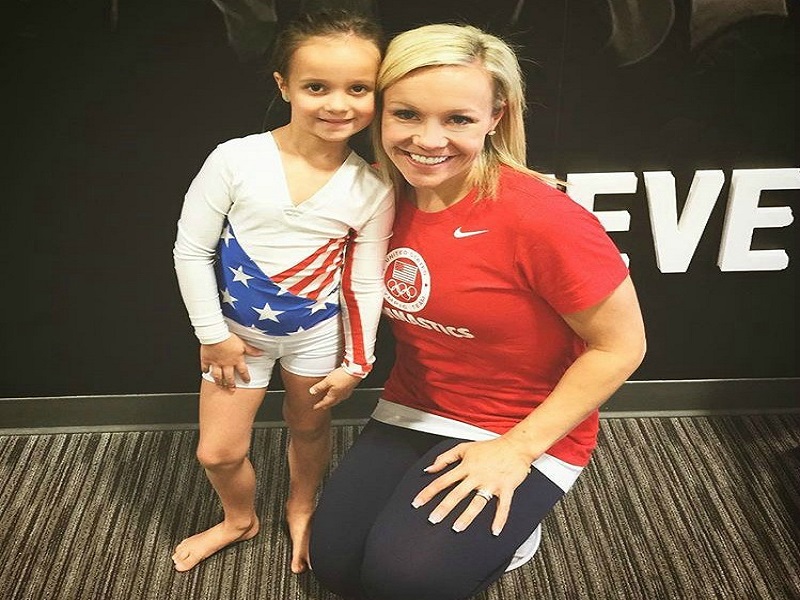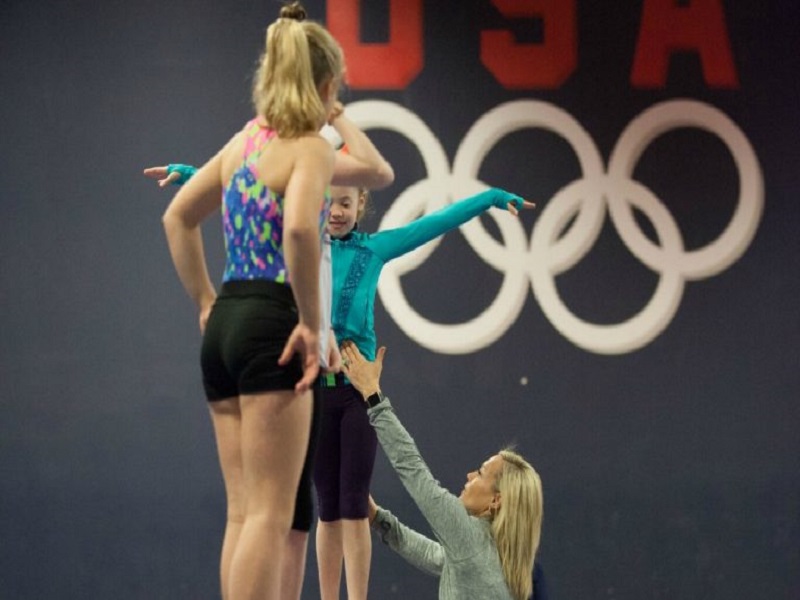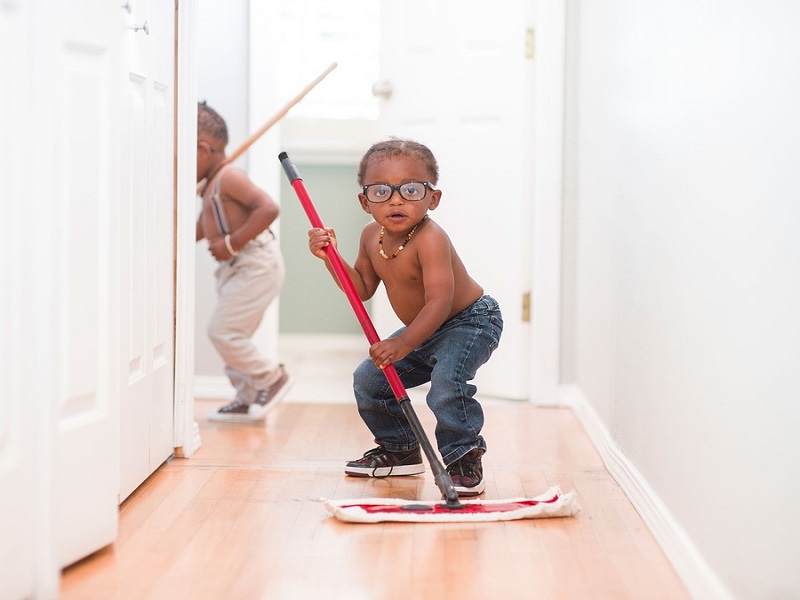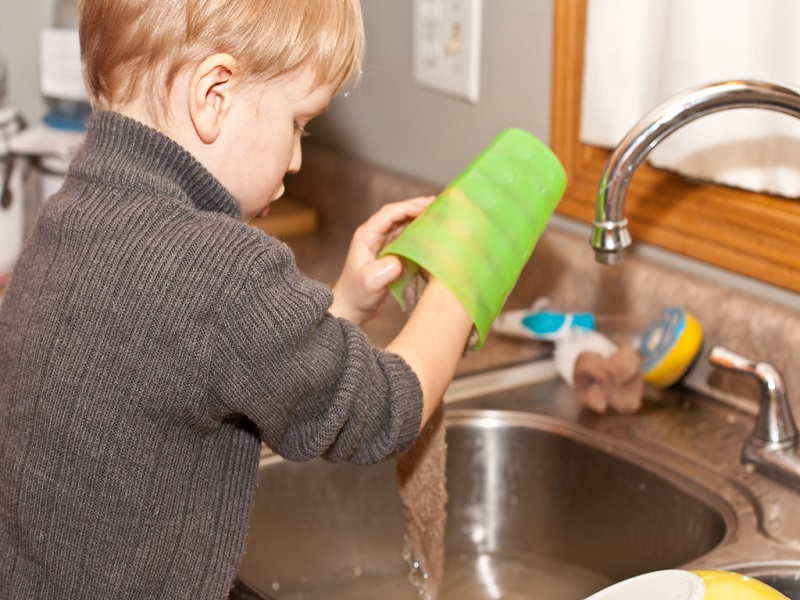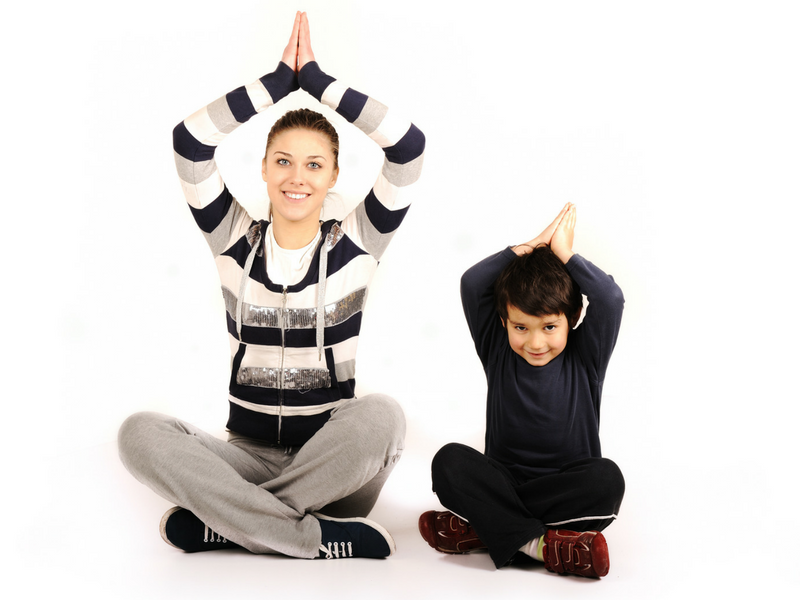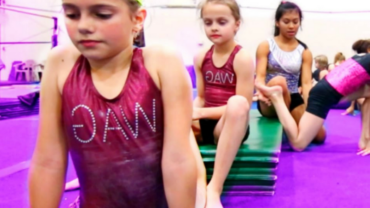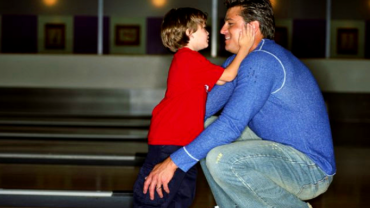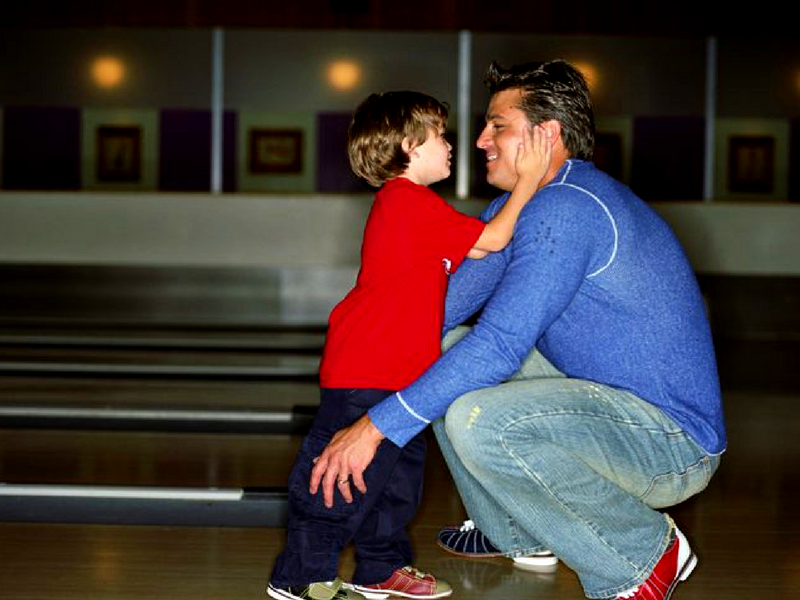A report by the United States Highway Traffic Safety Administration has found that children aged between 5 to 14 who cycle have the highest rate of hospital emergency rooms admission as compared to any other sports.
Kids who cycle are exposed to risk of accidents and potentially a serious brain injury if they are not equipped with proper protection gears.
If you are concerned about your kids’ safety as they cycle, here is the good news for you: wearing a properly-fitted children’s bike helmets can lower your child’s risk of getting a head injury by 85%!
Are your kids equipped with children’s bike helmets that fit?
If you unsure of how to choose a bike helmet to keep you children safe as they cycle, this video is for you.
Watch it now and comment below if you have any other tips to share regarding this!


